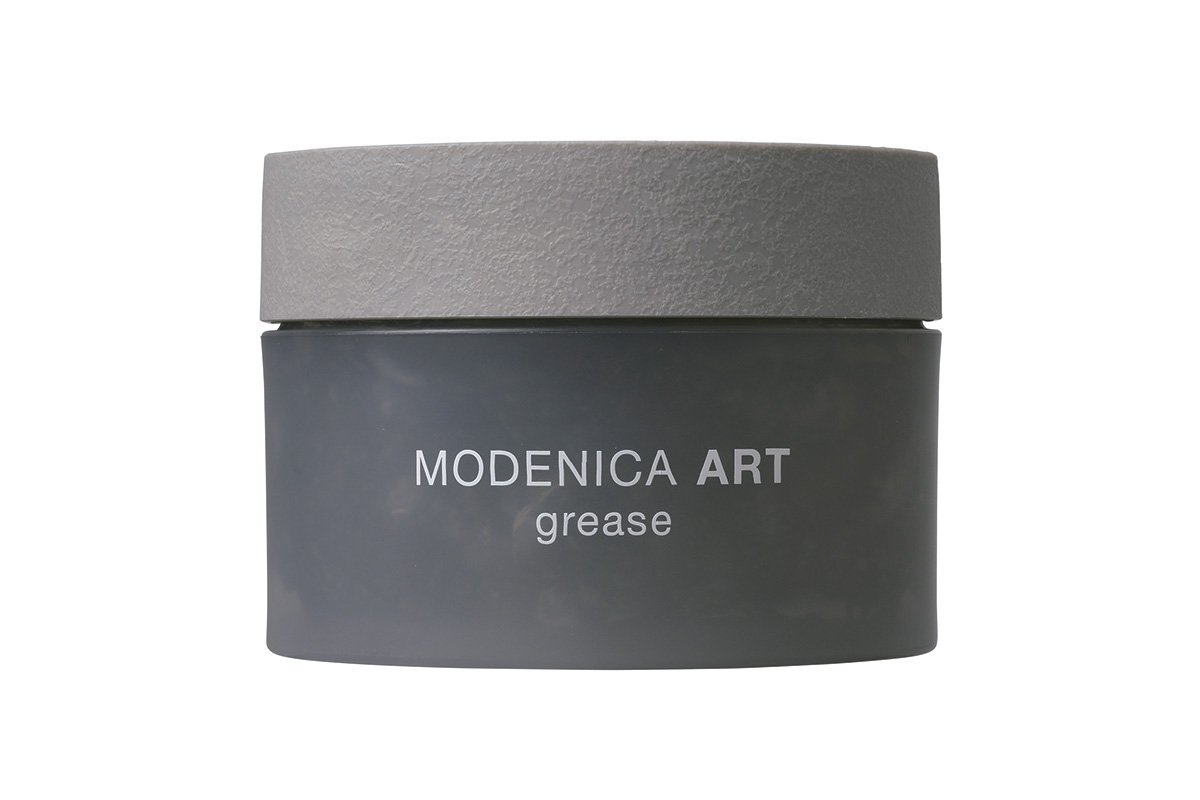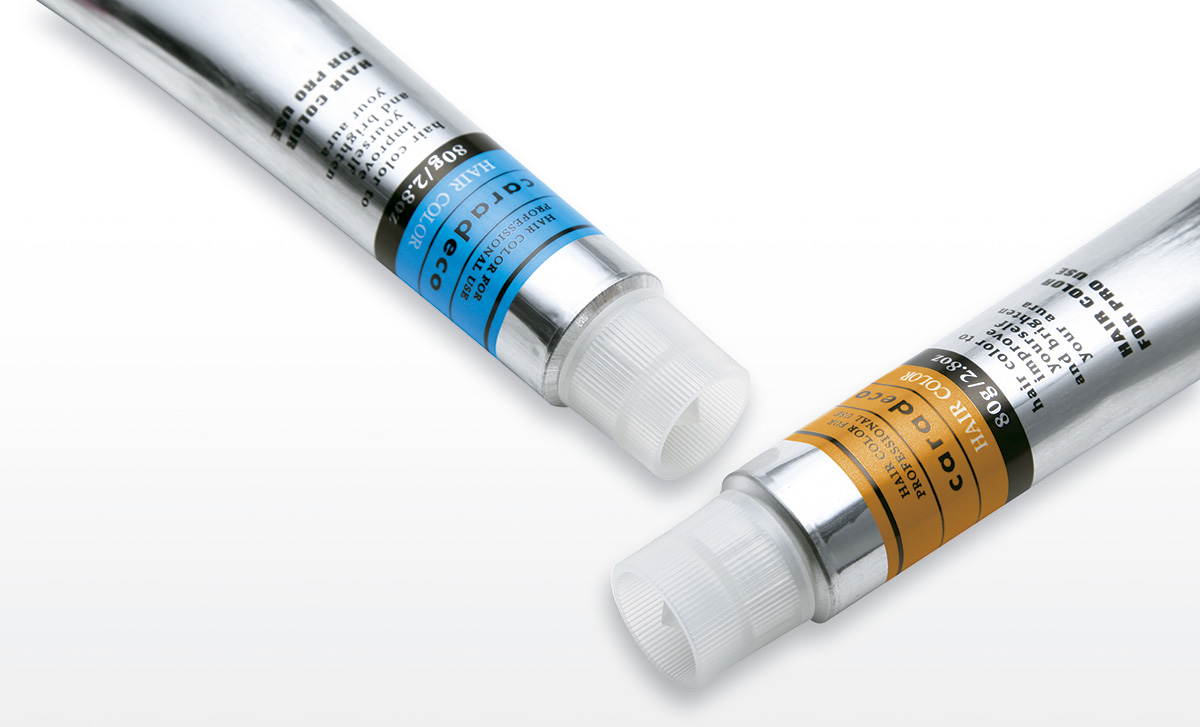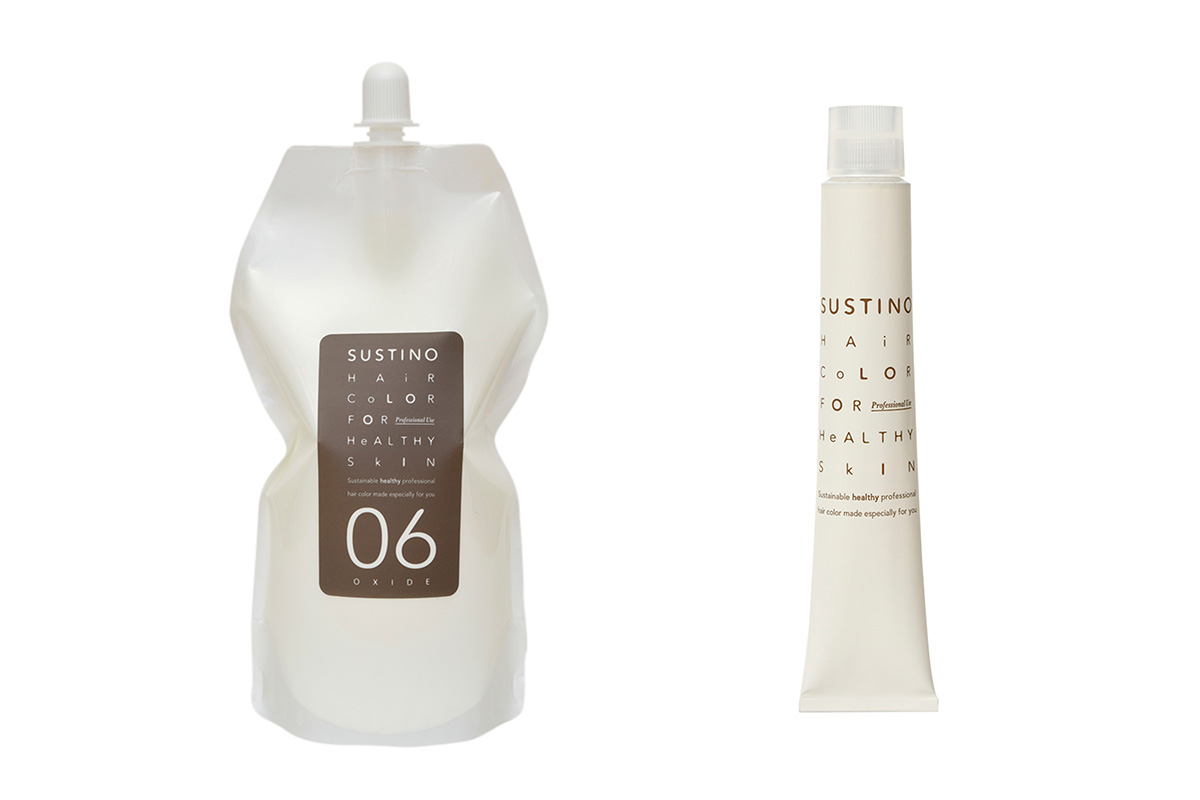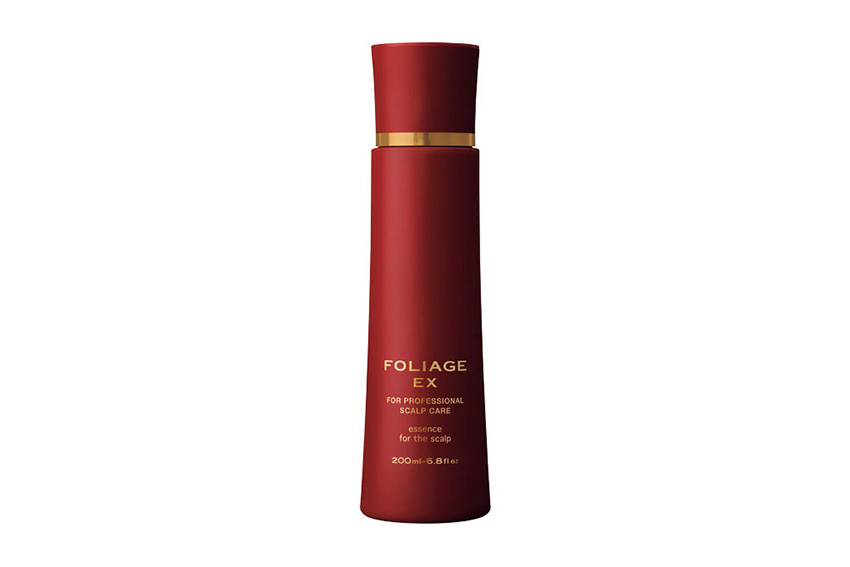Dive into the intricate world of haircare innovation with Takaya Nakano, President of Nakano Seiyaku, as he shares insights with The Worldfolio. Unraveling the company's 65-year journey, Nakano sheds light on the resilience and dominance maintained in the competitive haircare industry. From collaborating with professional stylists for product development to addressing the challenges and opportunities presented by Japan's aging population, Nakano provides a comprehensive view. Discover the strategic expansion into OEM/ODM services and the global footprint in Taiwan, South Korea, and ASEAN countries, as Nakano Seiyaku Co., Ltd., paves the way for a dynamic future in the beauty industry.

In recent years, the haircare industry has witnessed a surge in competition, with various companies offering innovative solutions for healthcare, haircare, and styling. However, despite this competitive landscape, certain businesses like yours have remained dominant and prominent in this market. How has your company maintained its position in the haircare industry among the growing competition?
For the last 65 years, we have catered to professional beauty stylists and have developed various products for professional salons and barbershops. We have grown our business by working with professionals in the beauty industry. I believe the fact that we receive advice from professional stylists is a major advantage in terms of our competitiveness in the general retail market and has helped us to maintain a strong position. Seeking feedback from stylists regarding what they want to use and what they recommend to their clients helps us to develop our products and ensures that we can differentiate ourselves from our competitors. This professional input creates added value to our products, which works to entice customers, even if our prices are a little higher than products from the general retail market.
In the development process, members of the marketing and R&D departments visit salons and barbershops, just as sales staff do. By visiting salons in person, these employees can communicate directly with hairdressers, pick up hints for product development, and gain feedback on sample products. The formulas are then improved based on salon evaluations, and products are developed collaboratively through repeated testing.
We also team up with stylists who are known influencers in the beauty industry. They share their opinions with followers from the general public, who tend to choose products that these influencers recommend on SNS platforms such as Instagram. For example, the GREASE item from our MODENICA ART series became a huge hit when a very well-known men's salon liked the product and voluntarily promoted it on SNS. Salons and barbershops will not actively choose products they do not truly believe in. However, if people are unaware that a quality product exists, they cannot take advantage of it. We believe that the combination of our company's R&D proficiency and the ability of stylists to communicate our products has given us a strong competitive edge in the market.

Grease product in the MODENICA ART lineup
In the next 15 years, one in three people in Japan is expected to be over the age of 60. This will lead to labor shortages in highly skilled segments such as R&D as well as a shrinking domestic market with fewer consumers and therefore lower profits. As we age, the need for personal care materials for hair, skin, and nails becomes much more important. What are some of the challenges and opportunities that this demographic shift has presented for your firm?
While the beauty industry is often perceived as catering mostly to younger people, it is important to note that a large chunk of its market is dedicated to addressing the needs of older individuals. A common need among this demographic is the coloring of gray hair. Unlike fashion colors, which are typically associated with youth and the pursuit of beauty, gray hair is viewed as a personal concern, with hair color serving as a solution. Hair and skin care are often linked to personal concerns that need to be addressed. Data shows that as people age and reach their fifties and sixties, hair becomes a greater concern than skin. As people age, their need for hair care products increases. I think Japan's aging population is a tremendous opportunity for us. People are living longer, which means that their beauty lifespan will also increase; they will strive to be beautiful even when they are in their seventies. In that sense, I think our market will continue to grow.
You mentioned that this is a big opportunity for your company, as people tend to want to look beautiful regardless of their age. People in different parts of the world have different types of hair and skin. For example, the skin of Asian people is different from that of European people , and when it comes to hair, Japanese people are known to have the best hair in the world when compared to others. As a company that caters to hair and beauty care, how are you able to develop and supply products that meet the needs of all the different types of hair?
We have not developed any products that cater specifically to one particular country or region. However, our system enables professional stylists to provide customized hair care to clients based on their assessment of hair type and history. For example, stylists can choose a stronger bleach product depending on the client’s hair texture or a weaker bleach product based on the thickness and fineness of the hair. They may also use a darker tone of colorant for certain hair types. Stylists can customize products based on an understanding of the customer’s hair type, which is essential for achieving the best results.
Although Western and Asian hair types are often compared, even among the Japanese, people from different regions have different hair types. For instance, people from Tokyo and Kyushu have distinct hair types. To help stylists assess, judge, and personalize their customers’ hair types, we believe it is crucial to develop products that cater to these differences.
Your company has been involved in the manufacturing and development of hair cosmetics and quasi-drugs such as shampoos, conditioners, treatment creams, styling products, perming agents, hair colors, and hair tonics. Which of these product categories and services is your main focus currently, and which one do you believe has the most business growth potential?
Our company was established as a manufacturer of shampoos and hair treatments. Over the past thirty years, we have made several innovations in these products. Retaining this link to our roots, we would like to continue our focus on haircare products and expand this category.
Our founder, Koichi Nakano, believed in producing high-quality haircare products based on proven research and the latest technology. He was committed to creating products that had substance and were not just about appearances, and often used the phrase, ‘We will not sell water.’ Sixty-five years later, I believe this philosophy is reflected in all our products and continues to guide us as we strive to develop innovative haircare products.
In terms of business growth, demand for hair color and hair styling products is increasing rapidly. Hair color accounts for the largest portion of our sales composition, and we intend to continue to invest in that category.
In the field of hair color, there is perhaps a global misperception that using hair color can damage real hair due to the chemicals that are used in the products. How is your company fixing that problem and providing human-friendly products?
The concept of our hair color product range is to protect the hair from damage. That is our primary focus. But of course, coloring does damage hair. Therefore, we focus on the "next step," which is how to care for hair before the next visit to the salon or barbershop and how to prolong hair color. We are developing products that reduce the damage to hair caused by coloring while enabling customers to take care of their hair at home and keep it looking its best for longer.

caradeco hair color products
We are sure that you encounter a lot of challenges when trying to develop hair coloring that does not damage the hair. Could you walk us through some of the challenges that you have faced and how you overcame those challenges?
We have two main brands for hair coloring: SUSTINO and Caradeco. SUSTINO is used mainly for gray hair and focuses on sustainability and innovation. We are aiming to provide a sustainable color so that our customers can enjoy their hair color for as long as possible.
Hair color is composed of two agents, the first and second, and conventionally, both agents use a water-based formula called O/W (oil-in-water). SUSTINO, on the other hand, is the first to use an oil-based formula called W/O (water-in-oil) for the second agent. This base agent protects the scalp and reduces the burden on the scalp caused by hair coloring.
However, the oil base makes it harder to cleanse after coloring. That was one of the challenges we faced. We also had to deal with the risk of allergies. SUSTINO does not contain a dye called paraphenylenediamine. This ingredient is important for creating brown tones and is an essential dye for coloring the gray hair of Japanese and Asian people. This chemical is recognized as an allergy risk, and each country has a limit on the amount allowed in products. Developing a hair color without paraphenylenediamine was a big challenge for us, but we succeeded in removing the ingredient while achieving good dyeability. We were able to reduce the burden on the scalp and hair, allowing customers to enjoy hair color for longer. We believe that such needs will increase as people get older, and that is what we are focusing on right now.

SUSTINO products
We know that the male grooming market is expanding right now. Many products have recently been launched that address beard care, hair styling, and scalp issues. Men are becoming more conscious about taking care of themselves. This expansion of the male market aligns with your hair product lineup. We can find products such as your FOLIAGE, which responds to aging concerns such as scalp odor, thinning hair, and dandruff. In such a competitive market, how do you ensure that your products meet the demands of your customers?

FOLIAGE product
The concept behind FOLIAGE was to address the negative image Japanese people associate with the care of thinning hair. It is too late to take care of your hair once you start losing it. People should start taking care of their hair at a young age. We recommend cleansing shampoos to young men to get them more familiar with scalp care, and we are working with stylists on an awareness campaign to expand such a culture. Young people in particular use a lot of styling products, such as oil and wax, which tend to leave dirt on the scalp and hair. It is very important to remove that dirt. Gradually starting to take care of your scalp in your twenties and thirties will help you maintain a healthy scalp and hair as you get older.
We would like to learn about the new venture that you did recently with your expansion into the OEM/ODM business, where you provide your customers with total support for original brand development for high-quality shampoos, treatments, and styling products. Could you please run us through the reasons why you expanded into OEM/ODM services? What potential do you see for it, and will it only cater to the domestic market or will it be for the overseas market as well?
We started our OEM/ODM businesses to cater to the needs of professional stylists and have been providing products to professional salons and barbershops for a long time. Over the years, we have received feedback from professional stylists who wanted to launch their brand and expand it to the retail market. They approached us to do ODM manufacturing, mainly because our wax products were a big hit and drew a lot of attention from industry professionals. Though we started doing OEM/ODM business for professional stylists, we also have clients beyond that category.
Working with professional stylists enables us to develop products using professional ingredients and formulas. This allows us to say that our products are recognized by professional stylists, which increases their popularity among clients and sets us apart from our competitors. Recently, we have started working with overseas companies as well.
Although we have been in the OEM/ODM business for the last 20 years, it was not a major part of our business before. However, we have now started to do it on a larger scale. We are different from companies that specialize in OEM or ODM business, as we believe that we compete in a different field. We have the know-how and ability to offer products at a relatively high price compared to general-purpose products, mainly because we work together with beauty industry professionals.
You have spoken about the importance of working together with stylists, and you just mentioned that you have started working together with companies from overseas. Throughout the production of this report, we have interviewed many companies related to the cosmetics industry, from large corporations such as Kose Cosmetics to SMEs in the functional ingredients field. They have all agreed that partnerships are very important when it comes to tackling overseas markets and understanding the needs of the people in those local markets. As a company that already has a global presence, are you currently looking to find new partners to either co-develop new products or penetrate new markets through distributors, for example?
Our global business is primarily professional products. Of course, we also do retail and OEM/ODM business. But professional products are at the core of our global business. We work with distributors to sell our products in local markets overseas. However, the biggest challenge in entering foreign markets is to penetrate the education system of local hairstylists. To be successful in overseas markets, you need the correct education and suitable instructors. When we find a distributor, we look to see if they have the proper education system among their stylists. We then choose a distributor based on whether they have the vision to accomplish our mission in that overseas market.
We know that your company is not only focused on the domestic market, but you also have overseas operations in Taiwan, Canada, Malaysia, Singapore, South Korea, Thailand, and Hong Kong. Which countries or regions are you targeting as part of your mid-term plan, and what strategies will you employ to strengthen your international business? Will it be joint ventures, or perhaps opening a new factory or sales office?
Taiwan and South Korea are important markets for us due to their high growth potential. We are also looking at ASEAN countries with similar growth potential. The speed of our growth in the global market depends on the abilities of our distributors. We currently have excellent partners in each country, and we are working together with them to further expand our presence in those markets.
I believe that our professional products have many opportunities in the global market. K-Beauty has had a strong presence in the global market over the past few years, but most of its products cater to young people or the retail market. However, Japanese coloring and hair care products are widely used in Korean salons and barbershops, indicating that Japanese products still have strong potential in the professional field in the global market.
We also specialize in the male beauty sector, and I believe this field will grow in the Asian market. Women are striving to improve their appearance, and men must catch up with them. The beauty market for women is already well-established and matured. However, the male personal grooming market is expanding rapidly, and we would like to seize the opportunities that are being presented.
Your company is celebrating its 64th anniversary this year. Imagine that we come back six years from now for your 70th anniversary, and we have this interview all over again. What would you like to tell us? What are your dreams for this company, and how would you like Nakano Seiyaku to be seen in the eyes of the international market?
Our new mid-term strategy began in 2024. It was developed through extensive discussions with our employees. In particular, we focused on where we want the company to be in 10 years. I want our company to be more than a manufacturer, and this is a key part of our vision for the future.
We do not just want to produce products and deliver them to our customers. Rather, we want to contribute to society through our products and services and help solve the challenges that society faces. We hope to achieve this goal by the 70th anniversary of our founding. We value our customers, suppliers, the environment, and our employees, along with their families. My future goal is to explore ways to bring happiness to all these stakeholders.
For more details, explore their website at https://www.nakano-seiyaku.co.jp/
0 COMMENTS